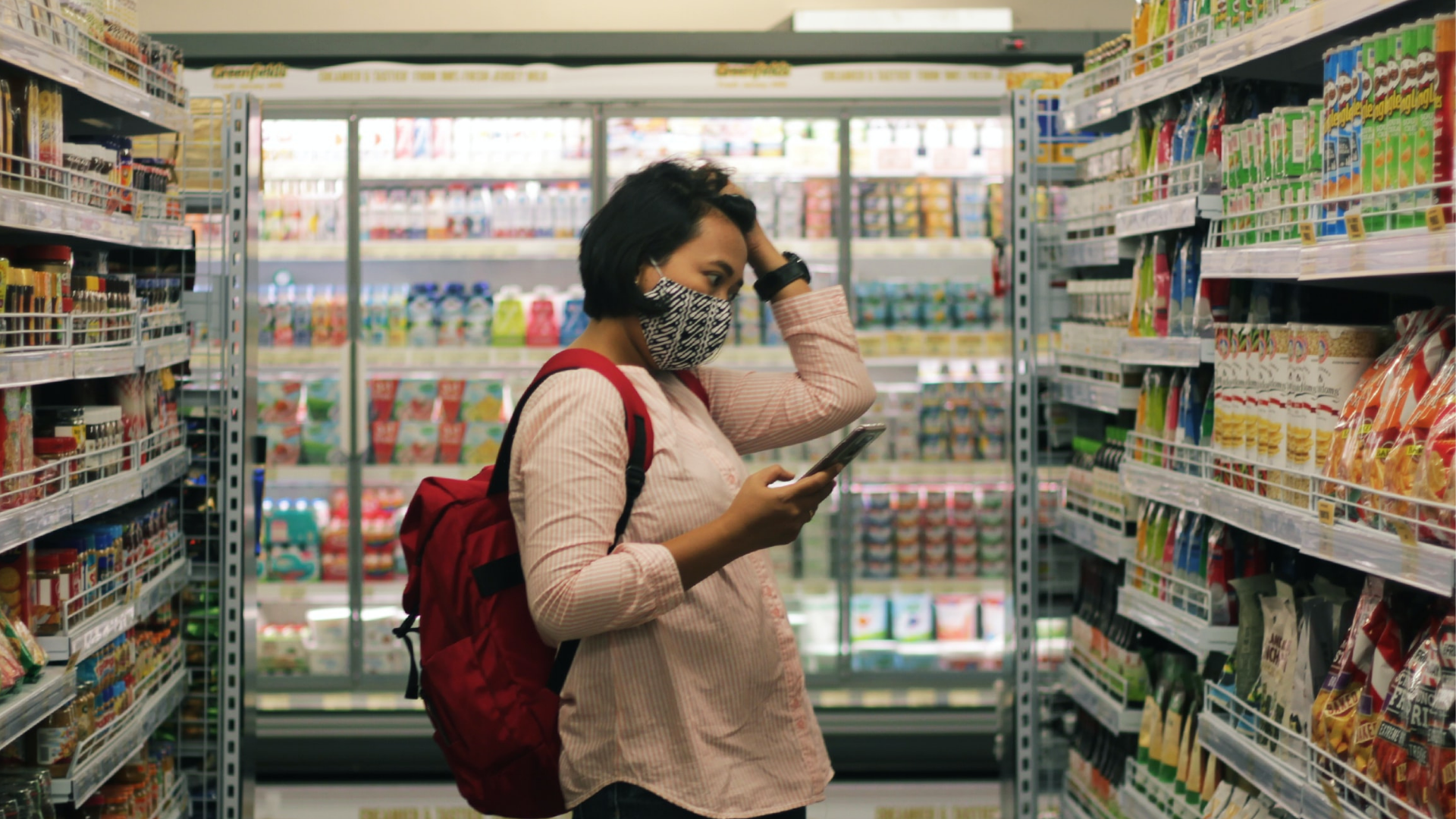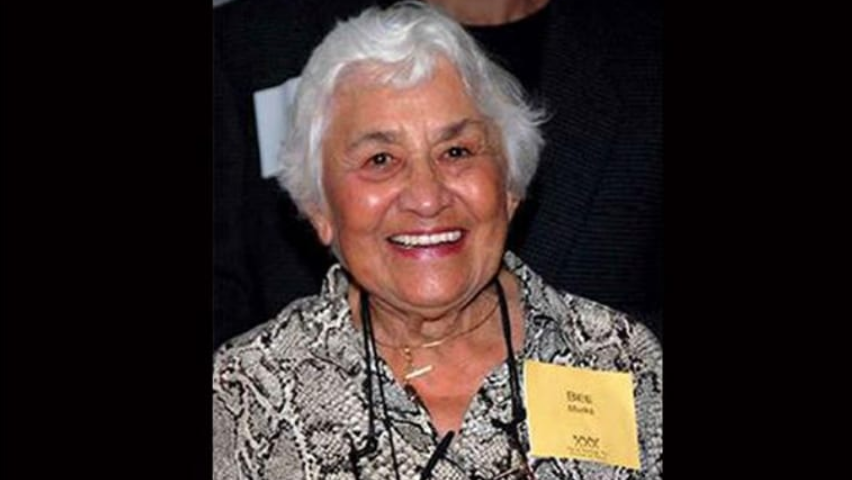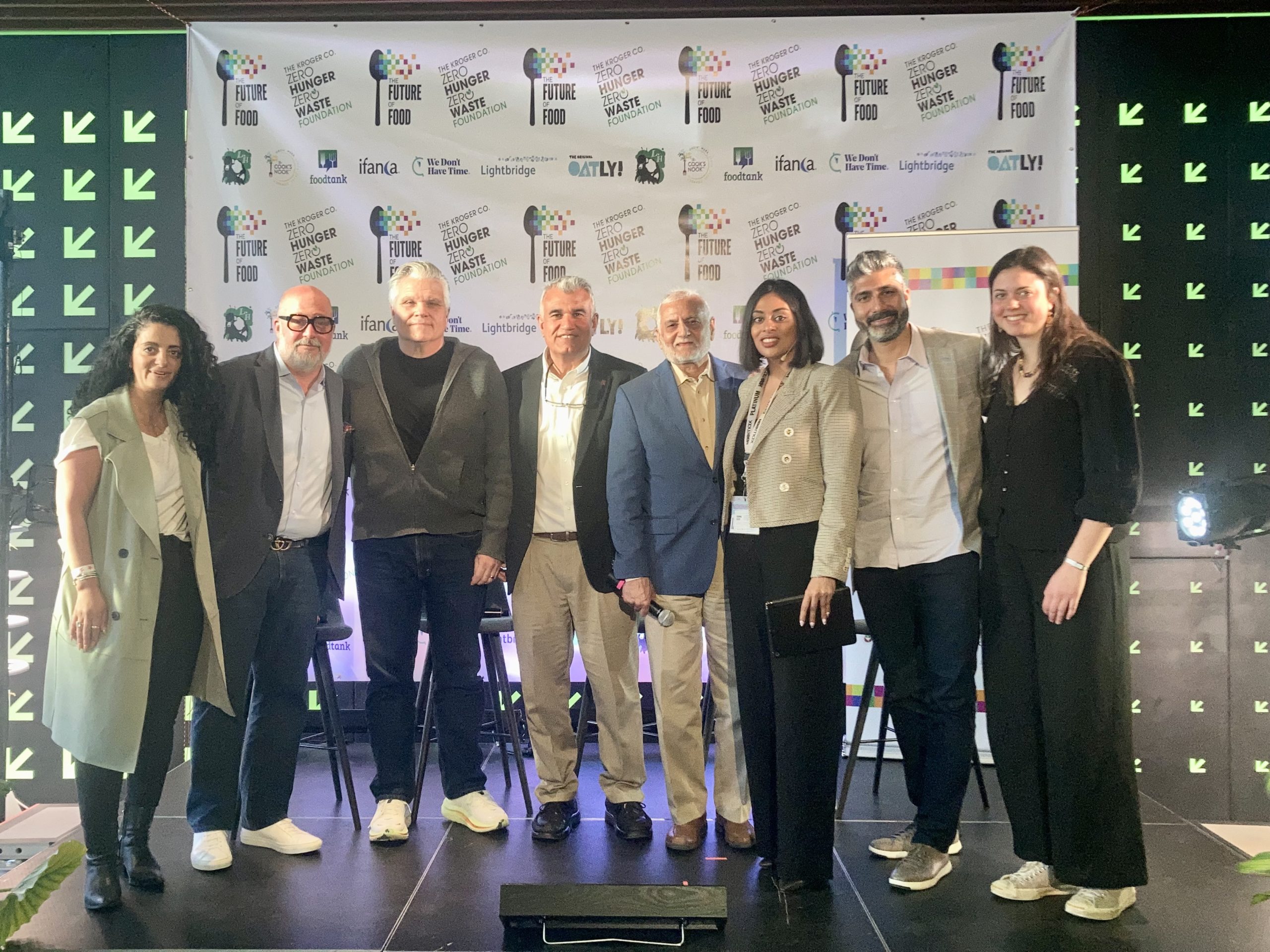Call it, perhaps, the straw that broke the camel’s back. Food and beverage companies along with foodservice chains are paying close attention to Starbucks’s decision this week to phase out the use of plastic straws by 2020. The announcement follows active campaigns by groups with catchy hashtags such as #stopsucking and #thelaststraw, aimed at raising attention to the large number of plastic straws that end up in oceans or landfills because they are too small to fit most recycling technology.
Starbucks was clearly prepared for this announcement, having laid out specific solutions for all of the customer challenges it will create with the change; everything from researching a new lid for cold drinks mimicking children’s “sippy cups” to procedures for customers who have a physical need to use a straw. And while we can’t speak to Starbuck’s timeline, we know that food companies do best by their customers (and for their brand reputation) when they have a strong radar on the issues and an action plan for which ones to tackle.
Let’s face it. Consumers and NGOs rightly put significant scrutiny and occasional pressure on food makers for everything from ingredients and employee wages to sourcing practices and environmental impact. Food is personal. It sustains life and we rely almost entirely on others to make sure it’s safe, nutritious, and produced in a way that doesn’t harm our planet. Not meeting expectations in this industry can seriously damage brand reputation.

To many executives, it can also feel a bit like playing the arcade game Whac-A-Mole. Just as you solve for one concern, another arises, often with little time to determine if change is needed and then build a proper communications and operations plan to be successful. And the answers aren’t often easy, whether it’s artificial colors, high fructose corn syrup, or product labeling guidelines. But it doesn’t have to be a guessing game. NGOs, consumer advocates, activists, and regulators all leave us clues on a regular basis that allow food brands to get ahead of issues and difficult decisions. The path toward staying ahead can actually be mapped out with what we like to call the Ketchum Heat Map for food brands:
Understand Your Stakeholders:
Conduct brand-specific research and consult broader industry research to understand what key stakeholders expect in terms of the quality and ingredients in your food, your role as a corporate citizen and their expectations of you as an employer.
Create and Keep Your Promise:
Based on your knowledge of stakeholder needs and your values as a company, craft, enhance or expand your brand promise as it relates to how you source ingredients, produce food, and act as a company. Of equal importance to creating that promise is an action plan to keep your promise; a playbook for how you will act, what you will or won’t accept, and the tools or decision tree for how you will make difficult choices.
See the Future Before it Becomes your Present:
The companies who will succeed most at keeping their reputation intact are those that actively look ahead at the potential heat they may face, and take action before others and before they are forced to. At Ketchum, we help our food clients do this with the Ketchum Heat Map. We start with what we already know based on the regulatory landscape and our work on a daily basis within the food business. Then we get specific to your products, ingredient lists, supply chain and other unique factors that can create heated issues for brands. We rank the issues based on factors that can create reputational challenges and then we focus on those with the highest heat, helping to write and execute action plans, exit plans or communication plans as appropriate. If you would like help creating your heat map, connect with me or my colleague Alison Borgmeyer.
Yes, food stakeholders know companies have high expectations, but they don’t expect you to be perfect – they simply want to know you are planning, watching, acting, and improving. And that’s hard to do without a map.



